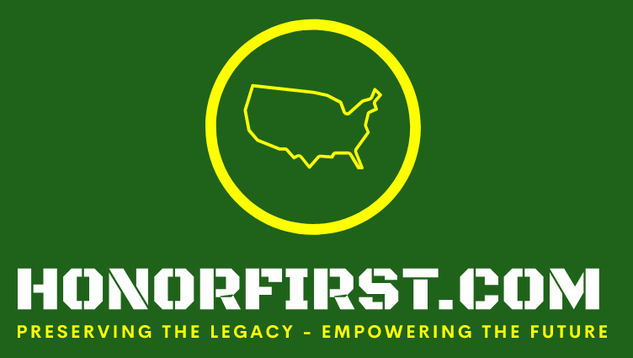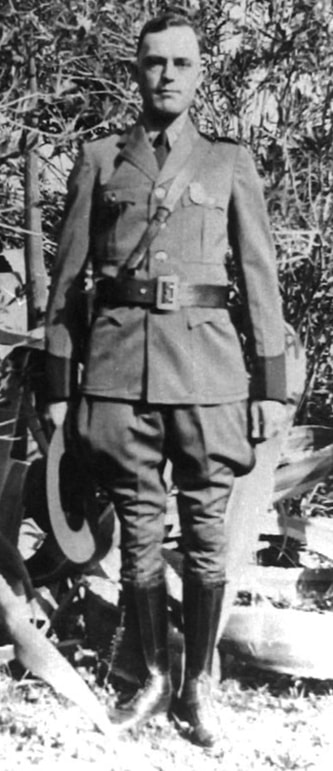How has the USBP Uniform Evolved?
Help spread the word!
Timeline of USBP Uniform
(Updates as new information is discovered)
(Updates as new information is discovered)
December 11, 1924, the USBP uniform was created with General Order 42 (GO42)
1932-1935 - Uniform amendments to GO179
1936 – Slacks authorized on the northern border
1937 –
1940 – A fatigue uniform was proposed but never implemented.
1941 – New DOJ Badges issued. Penalties for losing badges.
1942 – Gold service stars (time-in-service) implemented.
1944 – Border Patrol Patch first worn.
1949 – Army sun tan colored uniforms first worn in south Texas
1951 - Army sun tan colored uniforms authorized for rough duty wear on the southern border
1952 – USBP Pistol Team uniform implemented
1954 –
1974 – "50th Anniversary 1924-1974" patch authorized for wear under the USBP patch during the year
1976 – American bicentennial patch authorized for wear on the right arm during the year
1980 – Military style rank insignia implement. Rank insignia was intended to assimilate military rank insignia into civilian pay grades.
1993 - Bike Patrol and Boat Patrol uniforms authorized
1999 – USBP 75th Anniversary devices authorized for wear
2006 – CBP badges issued
2007 –
2019 – USBP Honorary Awards authorized for wear
2020 – New USBP Authorized Device guidance issued. Some devices are authorized for wear for the agent's career while others only while assigned to the unit.
2021 -
2024 - On April 23, 2024, the USBP issued updated interim guidance for wearing Authorized Devices and USBP Honorary Awards.
- All Patrol Inspectors wore silver hat insignia, collar discs, shoulder ornaments and buttons. Patrol Inspectors in Charge (now called CPAs) wore the aforementioned in gold.
- All items were controlled by HQ.
- The color of the uniform was forest green.
- Two hats authorized, the Pershing hat and the campaign hat. Campaign hats were considered a summer variant.
- Pants were riding crops with leather wraps called puttees (not boots)
- 1926 – Boots first authorized
- 1928 – First official rank insignia (fabric) for Senior Patrol Inspectors, Chief Patrol Inspectors and Assistant Superintendents
- Fabric controlled by HQ
- All metal on the uniform must match based on rank. Oxidized for BPIs and SPIs and gilt for CPIs and above.
- First time-in-service insignia (fabric). Fabric controlled by HQ
- Cross strap worn over left shoulder
- White shirt authorized under jackets for dress occasions
- Insignia discontinued on the campaign hat.
- Blue shoulder straps added as per this memo
- 1929 – Long overcoat authorized
- 1930 – Pith helmet authorized
- Sam Brown belt colors different for the northern border (black) and the southern border (cordovan).
1932-1935 - Uniform amendments to GO179
- 1932 - Double breasted coat authorized
- 1934 – Trousers begin to be authorized over riding crops on the southern border.
- 1935 – Double breasted leather coat authorized
1936 – Slacks authorized on the northern border
1937 –
- Shoulder straps were authorized to be worn over either shoulder to support the firearm and alleviate the sagging of the Sam Brown Belt.
- A windbreaker jacket was authorized
1940 – A fatigue uniform was proposed but never implemented.
1941 – New DOJ Badges issued. Penalties for losing badges.
1942 – Gold service stars (time-in-service) implemented.
1944 – Border Patrol Patch first worn.
1949 – Army sun tan colored uniforms first worn in south Texas
1951 - Army sun tan colored uniforms authorized for rough duty wear on the southern border
1952 – USBP Pistol Team uniform implemented
1954 –
- Military Ribbons on the USBP uniform
- USBP uniform guidance
- Two uniforms authorized, official uniform (dress) and rough duty
- Task force (ball cap) authorized
- Sun tan uniforms to be retired by May 1, 1955
- Having both official and rough duty uniforms is mandatory
- Overseas cap authorized for pilots
- Military ribbons authorized on uniform
- Shoulder ornaments are symbols of rank
- Gold – CPI
- Silver – ACPI
- Oxidized – SPI
- Eisenhower Jackets authorized for all until 1958, then only for pilots. Must be buttoned. This is also the earliest reference to the jacket so far located.
- Earliest photographic evidence of brass name tags being used on uniform shirts.
- T-shirts authorized for wear as an undergarment but cannot be visible.
1974 – "50th Anniversary 1924-1974" patch authorized for wear under the USBP patch during the year
1976 – American bicentennial patch authorized for wear on the right arm during the year
1980 – Military style rank insignia implement. Rank insignia was intended to assimilate military rank insignia into civilian pay grades.
1993 - Bike Patrol and Boat Patrol uniforms authorized
1999 – USBP 75th Anniversary devices authorized for wear
- Lapel device in rough duty for the year
- Ribbon and medal on Ike Jacket
- Discontinued in 2009, re-implemented in 2019 with the USBP Honorary Awards
- Newton-Azrak
- Purple Cross
- Chief's Commendation. - This was awarded only once. The design was repurposed as the USBP Achievement Award in 2018.
2006 – CBP badges issued
2007 –
- The new RDU Uniform authorized for wear
- Military ribbons no longer authorized for wear
- Interim USBP Pipe and Drums uniform authorized for wear
2019 – USBP Honorary Awards authorized for wear
2020 – New USBP Authorized Device guidance issued. Some devices are authorized for wear for the agent's career while others only while assigned to the unit.
2021 -
- The current Uniform and Grooming Policy implemented. It is known that modifications often occur post-issuance through memoranda. Please note that HonorFirst.com lacks the capacity to access or amend these modifying memoranda.
- Tan boots authorized for wear in Class C uniforms (rough duty uniforms).
2024 - On April 23, 2024, the USBP issued updated interim guidance for wearing Authorized Devices and USBP Honorary Awards.


